Fern In A Hanging Container: Care Of Ferns In Hanging Baskets
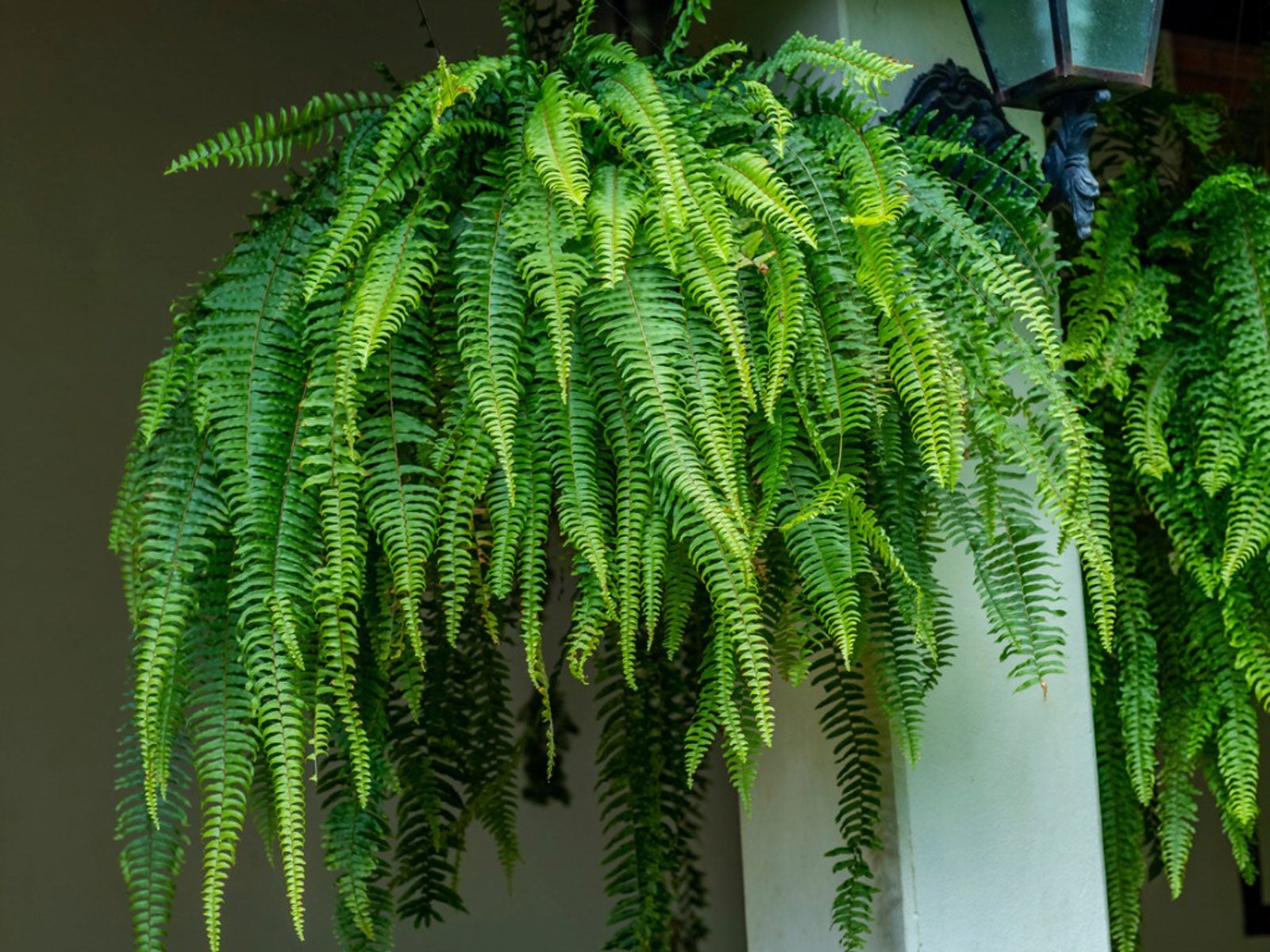

Ferns have been a popular indoor plant for decades, and ferns in hanging baskets are especially charming. You can also grow ferns in hanging containers outdoors; just be sure to bring them inside before temperatures drop in autumn. Check out the following tips for growing hanging ferns.
Where Do Hanging Ferns Grow Best?
Growing conditions may vary somewhat depending on the type of fern; however, most ferns don’t appreciate intense sunlight. Outdoors, a fern in a hanging container will generally do well with morning sunlight but needs afternoon shade.
Indoor ferns in hanging baskets usually do best in bright, indirect light such as a spot a few feet (1 m.) from a sunny window. Ideal temperatures are between 60 and 70 degrees F. (15-21 C.).
Most ferns appreciate humidity, and the bathroom is an ideal spot for ferns in hanging baskets. Otherwise, increase the humidity in your home with a humidifier or spritz the plant with a fine mist from time to time. Be sure your fern isn’t located too near a drafty door or window, air conditioner, or heating vent.
Tips on Hanging Fern Care
Plant your fern in a container that has a drainage hole in the bottom. Most hanging baskets have some type of drainage to ensure the roots don’t become waterlogged. Fill the container with a peat-based potting mix.
Moisture requirements depend on the type of fern. Some like the potting mix evenly moist, while others do better if the mix dries out slightly before watering. Either way, ensure the soil never becomes bone dry. Ferns in hanging baskets tend to dry out quickly and require more frequent watering, especially during the summer months. Be careful not to overwater during the winter.
Feed a fern in a hanging container every month during spring and summer using a balanced, water soluble fertilizer mixed to half strength. Never apply fertilizer to dry soil.
Gardening tips, videos, info and more delivered right to your inbox!
Sign up for the Gardening Know How newsletter today and receive a free copy of our e-book "How to Grow Delicious Tomatoes".
Move the fern to a slightly larger container when the plant gets rootbound, usually every couple of years. Your fern may be rootbound if growth appears stunted, the potting mix dries out faster than usual, or water runs straight through the pot. You may also notice roots on the surface of the potting mix or poking through the drainage hole.

A Credentialed Garden Writer, Mary H. Dyer was with Gardening Know How in the very beginning, publishing articles as early as 2007.
-
 Looking For Plants To Give You The Soft And Fuzzies? Try These 5 Fuzzy Leaf Plant Options
Looking For Plants To Give You The Soft And Fuzzies? Try These 5 Fuzzy Leaf Plant OptionsLovers of texture, drama, silver foliage and tactile plants will adore these special sensory garden additions. These fuzzy leaf plant options will leave you all aglow
By Susan Albert
-
 Get Ready For A Summer Of Hummers! Grow These Full Sun Hummingbird Plants and Flowers
Get Ready For A Summer Of Hummers! Grow These Full Sun Hummingbird Plants and FlowersIf you’re lucky enough to enjoy a sunny backyard, make sure you are maxing out on your pollinator opportunities and grow these full sun hummingbird plants and flowers
By Tonya Barnett
-
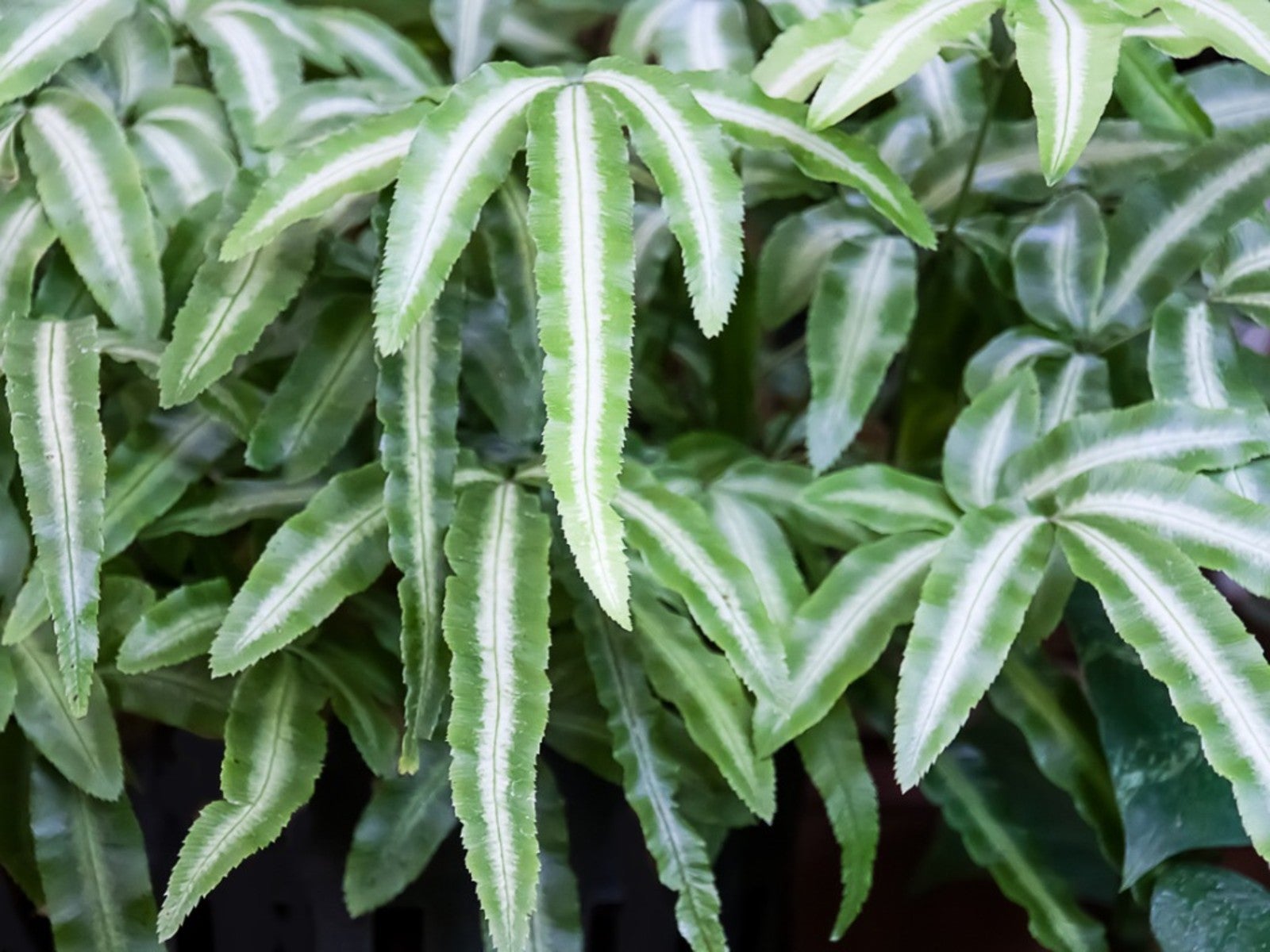 Brake Fern Houseplant Growing – Can You Grow A Brake Fern Inside
Brake Fern Houseplant Growing – Can You Grow A Brake Fern InsideThe brake fern is one of the easier ferns to grow indoors, so if you have not been successful with some others, you may want to try it.
By Raffaele Di Lallo
-
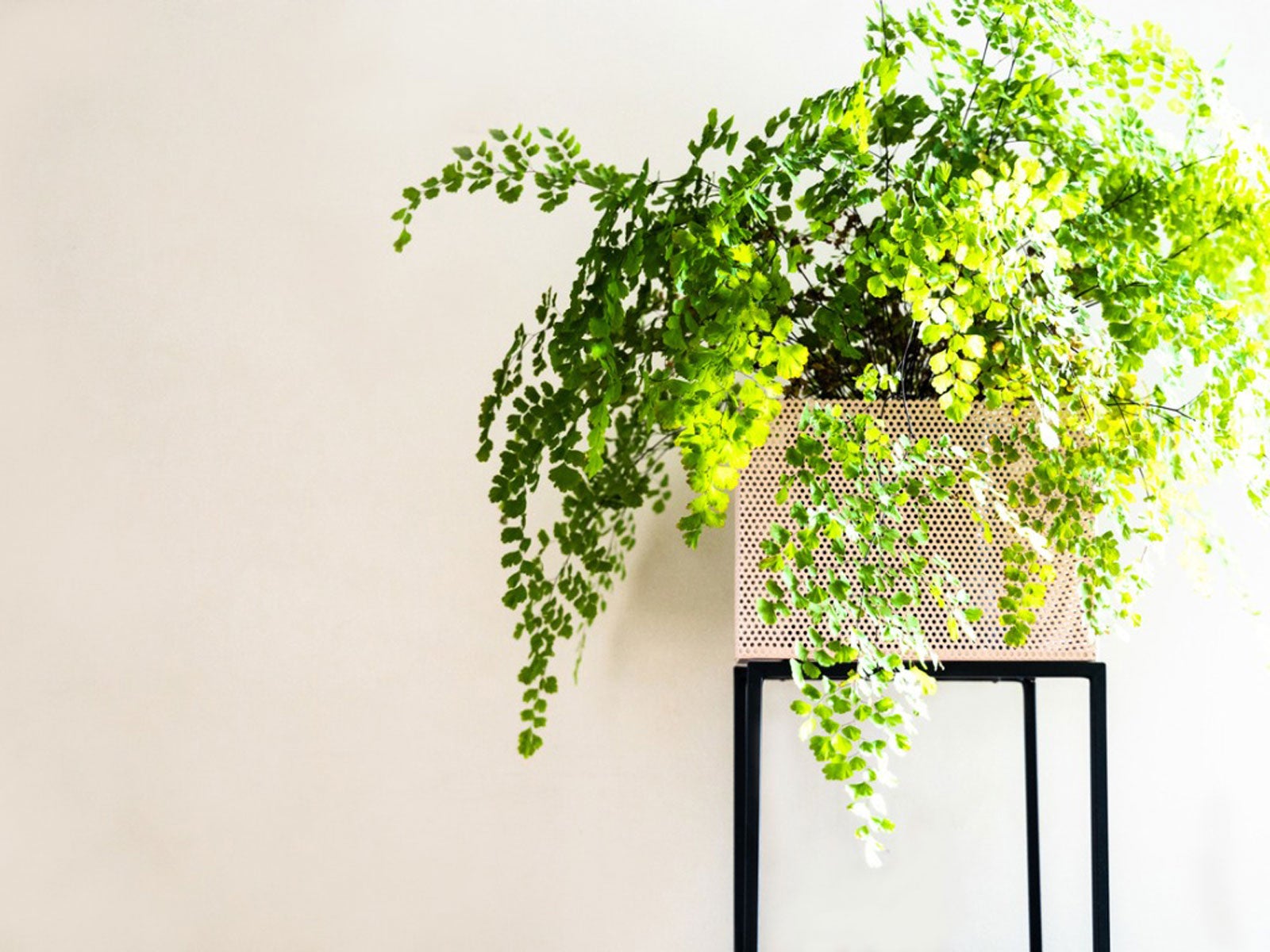 Indoor Maidenhair Fern Care – Growing A Maidenhair Fern As A Houseplant
Indoor Maidenhair Fern Care – Growing A Maidenhair Fern As A HouseplantIndoor maidenhair fern requires a little more attention than most houseplants, but with extra attention, it’s well worth the effort. Learn more here.
By Raffaele Di Lallo
-
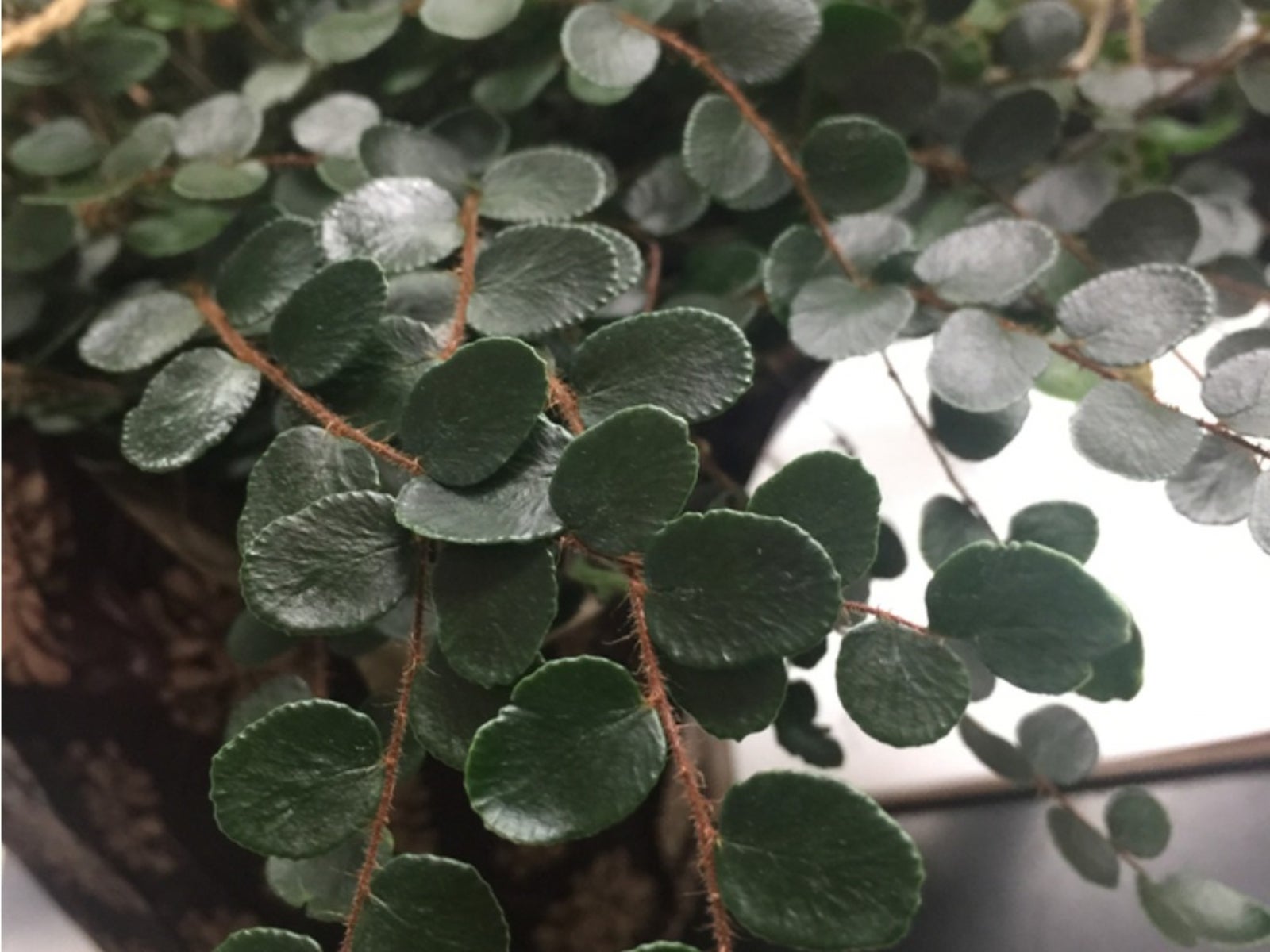 Button Fern Indoor Requirements – How To Grow Button Fern Houseplants
Button Fern Indoor Requirements – How To Grow Button Fern HouseplantsDo you want an easier-to-grow fern that doesn’t need as much humidity as other ferns, and that stays a manageable size? Then click here to learn about the button fern.
By Raffaele Di Lallo
-
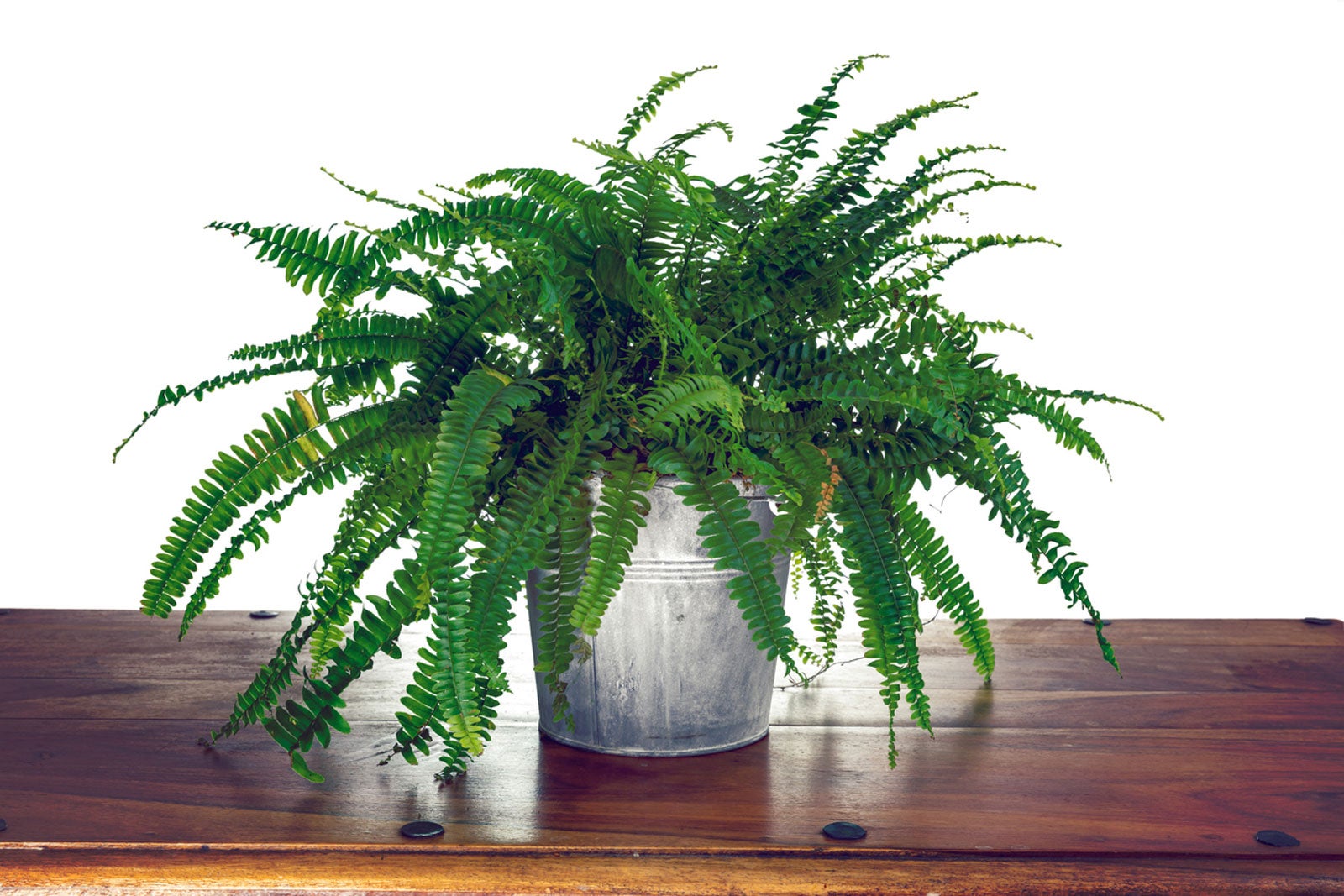 Do Indoor Ferns Purify Your Home – Learn About Purifying Fern Plants
Do Indoor Ferns Purify Your Home – Learn About Purifying Fern PlantsDo indoor ferns purify your home? A study by NASA documented the ability of indoor plants to remove a variety of harmful air pollutants commonly found indoors. And it turns out that ferns were some of the best plants for removing indoor pollutants. Learn more here.
By Raffaele Di Lallo
-
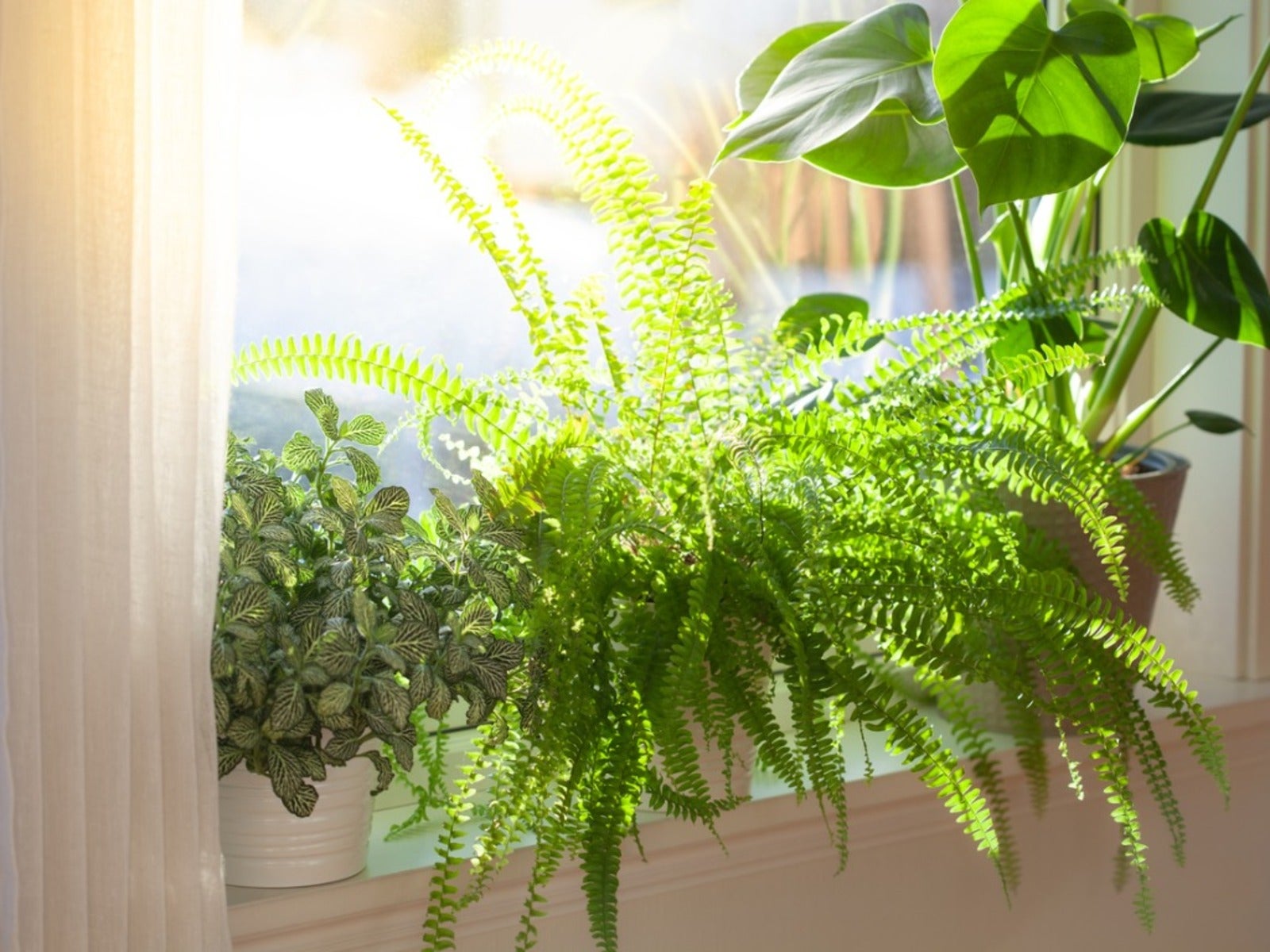 Fertilizing Indoor Ferns – How To Feed Your Indoor Potted Ferns
Fertilizing Indoor Ferns – How To Feed Your Indoor Potted FernsShould you feed your indoor ferns? How much fertilizer do they need? Click here to learn all about fertilizing fern houseplants.
By Mary H. Dyer
-
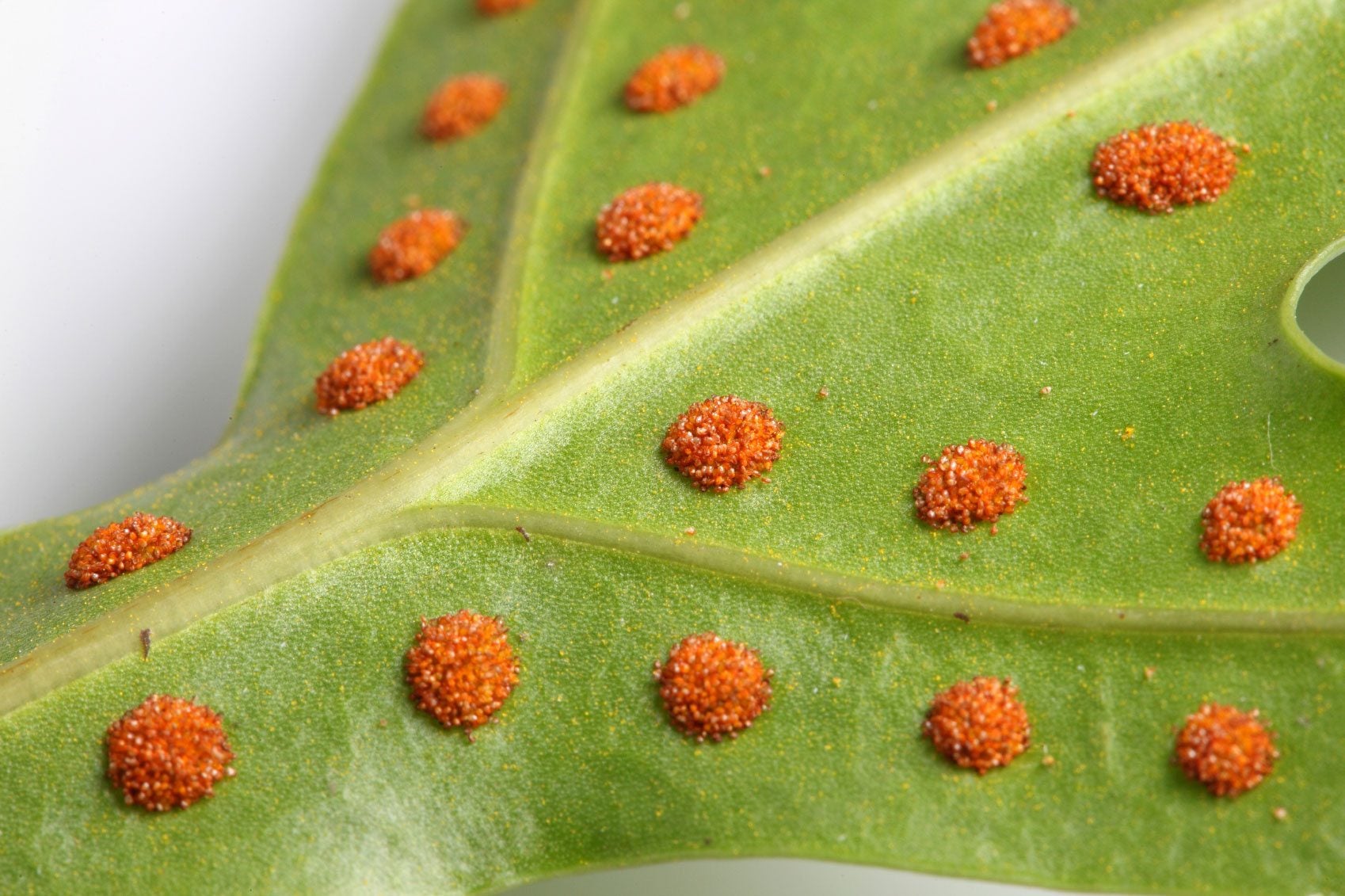 Propagating Ferns: Growing Ferns From Spores And Division
Propagating Ferns: Growing Ferns From Spores And DivisionFerns provide airy foliage and texture for the home gardener, both as indoor and outdoor plants. Propagating ferns is easiest by division, but they can also be grown from their spores. Learn more here.
By Bonnie L. Grant
-
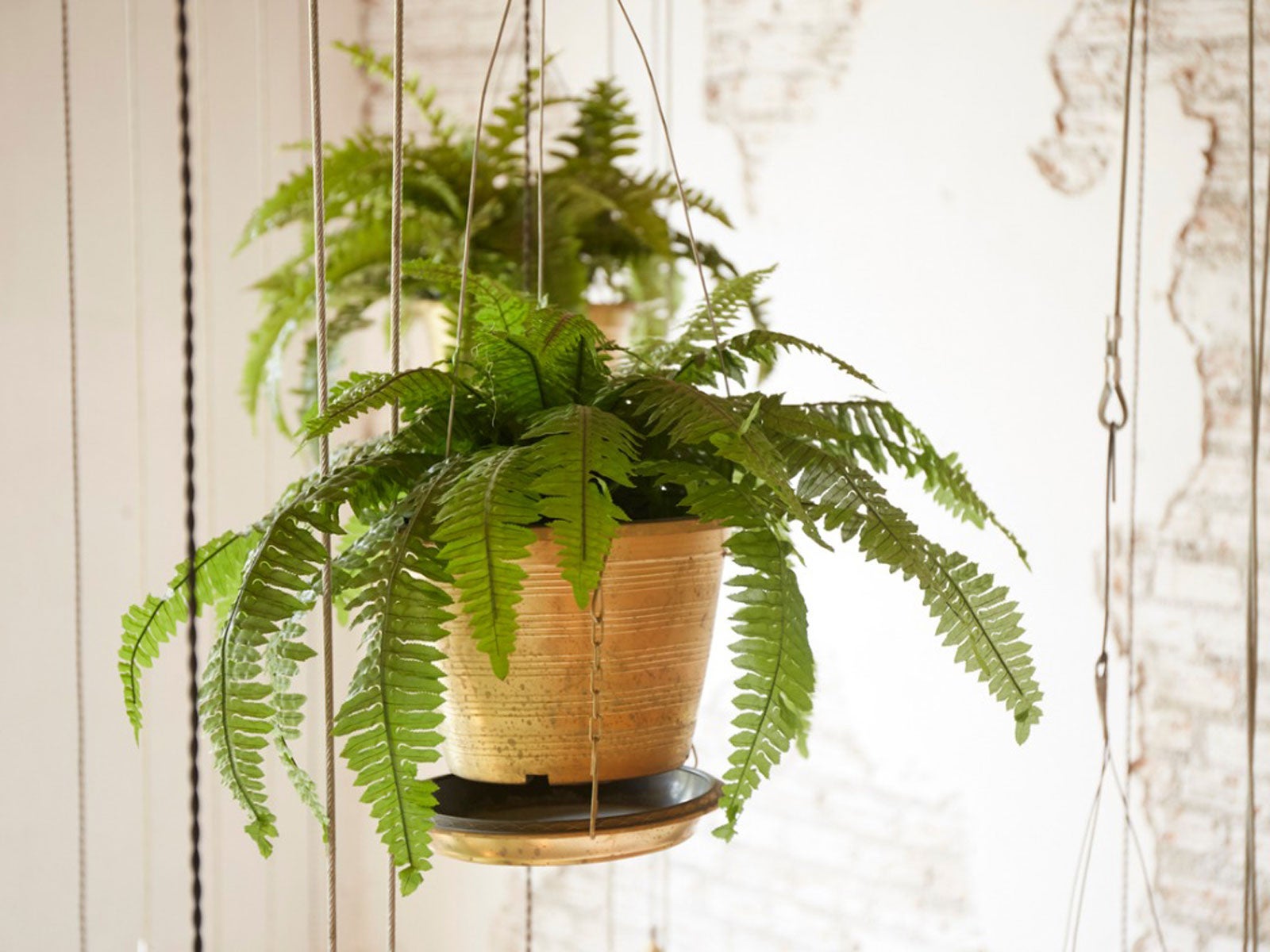 Growing Ferns Indoors
Growing Ferns IndoorsIndoor ferns lend a lovely ambience and, with the proper conditions and care, can be your favorite houseplant.
By Heather Rhoades